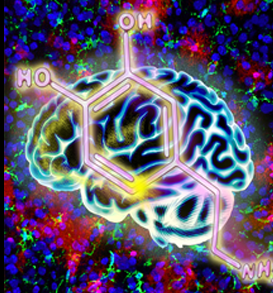
A recent study published in PNAS reveals the circuit mechanisms of inhibitory synaptic control of spinal GRPR+ neurons. This work was performed by researchers in Dr. SUN Yangang’s Lab. This work entitled “Synaptic control of spinal GRPR+ neurons by local and long-range inhibitory inputs” was published online in PNAS on Dec. 5, 2019.
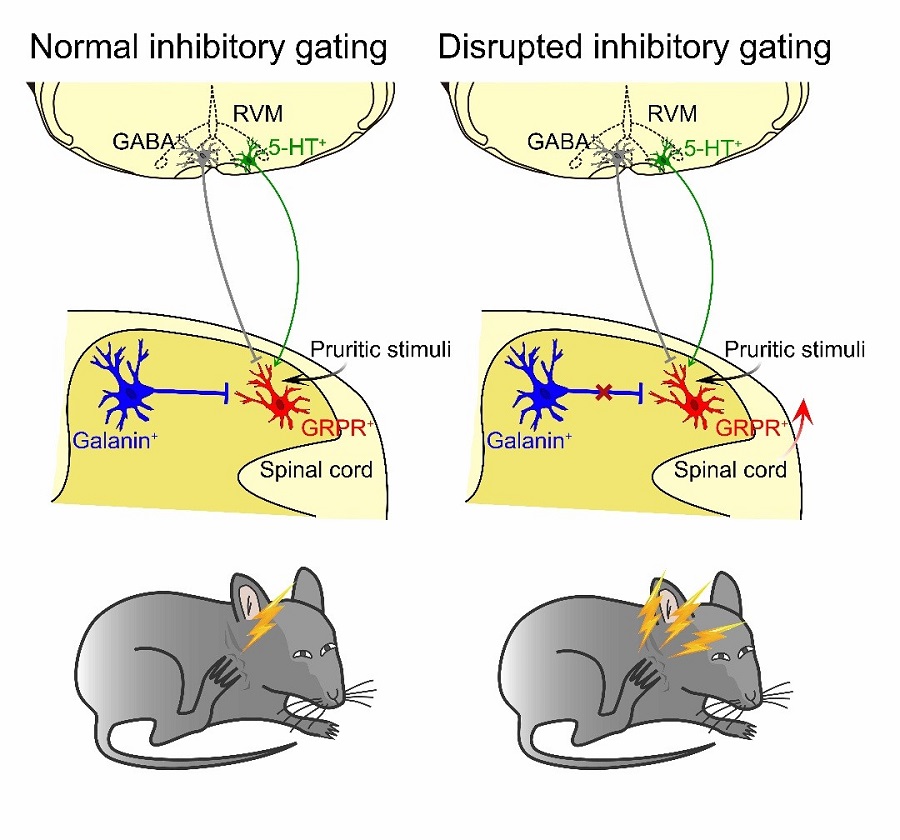
A recent study published in Neuron provides new insights into the neural mechanisms underlying optimal multisensory decision making. This work was performed by researchers in Dr. GU Yong’s lab at the Center for Excellence in Brain Science and Intelligence Technology, Institute of Neuroscience, State Key Laboratory of Neuroscience, Chinese Academy of Sciences, in collaboration with Prof. Alexandre POUGET from the University of Geneva, Switzerland.

The research team led by Dr . WANG Zheng and Dr . QIU Zilong at the Center for excellence in Brain Science and Intelligence Technology ( Institute of Neuroscience ) , Chinse Academy of Sciences .Jointly reported that PEGylation on the surface of positively charged magnetic poly ( lactic-co-glycolic acid ) - polyethylenimine ( PLGA-PEI ) nanoparticles reduced neurotoxicity .Shanghai Municipal Science and Technology Major Project , grants from National Natural Science Foundation , and Major Basic Research Program of Shanghai .

A recent study published in Proceedings of the National Academy of Sciences (PNAS) demonstrates the neural signals in the monkey’s premotor cortex reflecting the strength of hand illusion and the likelihood of misattributing the illusory hand to oneself, revealing the cortical representation of body bodily self-consciousness. This work was performed by researchers in Dr. WANG Liping’s Lab at the Center for Excellence in Brain Science and Intelligence Technology, Institute of Neuroscience, State Key Laboratory of Neuroscience, Chinese Academy of Sciences.

A recent study from Dr. HE Jie’s lab at the Center for Excellence in Brain Science and Intelligence Technology, Institute of Neuroscience, CAS, investigated two essential questions of the mechanisms underlying the responses of glia in the injured brain. How do the injury-induced reactivated glia enter the cell cycle?

In a study published in Nature Communications, researchers from Dr. QIU Zilong’s lab at the Center for Excellence in Brain Science and Intelligence Technology, Chinese Academy of Sciences and collaborators from ZhongShan Hospital, Fudan University established new cytosine base editors (CBEs) with diversified cytidine deaminases from lampreys. As compared to existed CBEs, new CBEs displayed more diversified and expanded editing windows, with lower off-target activities. This study provides alternative toolkits for the applications of CBEs in the future.

A recent study published in Neuron demonstrates that neuronal ensembles in mouse auditory cortex exhibit dynamic changes to facilitate stimulus categorization when the animals are engaged in a perceptual categorization task. This work was performed by researchers in Dr. XU Ninglong’s Lab at the Center for Excellence in Brain Science and Intelligence Technology,CAS.

A recent study published in eLife demonstrates that the anterior piriform cortex (APC), which is an olfactory sensory cortex, is important for the active information maintenance in working memory. This work was performed by researchers in Dr. LI Chengyu’s Lab at the Center for Excellence in Brain Science and Intelligence Technology, Institute of Neuroscience, State Key Laboratory of Neuroscience, Chinese Academy of Sciences.

In a study published in Nature on June 10, researchers from Dr. YANG Hui’s Lab at the Institute of Neuroscience of the Chinese Academy of Sciences (CAS), and collaborators from the CAS-MPG Partner Institute for Computational Biology of CAS and Sichuan University demonstrated that DNA base editors generated tens of thousands of off-target RNA single nucleotide variants (SNVs) and these off-target SNVs could be eliminated by introducing point mutations to the deaminases.
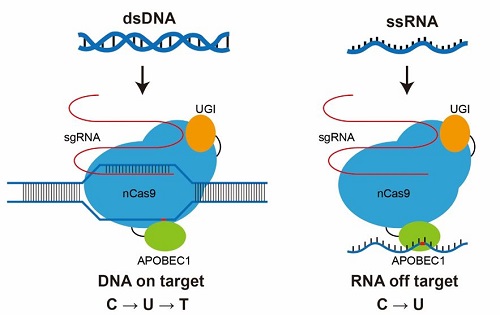
A recent study published in EBioMedicine provides new insights into the impact of acute elevations of intraocular pressure (IOP) that occur during the disease Glaucoma. This work, in collaboration with Dr. Xinghuai Sun’s group at the Eye and ENT Hospital of Fudan University, was performed at Dr. Wei Wang’s Lab at the Center for Excellence in Brain Science and Intelligence Technology, Institute of Neuroscience, CAS.

The researchers from Dr. DU Jiulin’s lab at the Institute of Neuroscience, State Key Laboratory of Neuroscience, Center for Excellence in Brain Science and Intelligence Technology, Chinese Academy of Sciences, found that Müller glial cells (MGCs) participate in and modulate retinal waves via AMPA receptors and glutamate transporters on their own processes respectively, by using in vivo calcium imaging and electrophysiological recording in larval zebrafish.
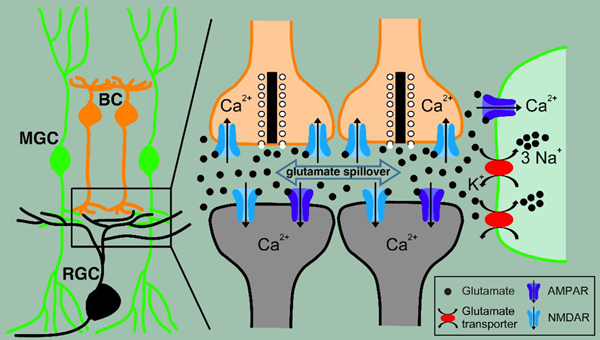
A recent study published in PNAS implicates a critical role of UBE3A-PTPA-PP2A signaling in the pathogenesis of UBE3A-related disorders and suggests a target for therapeutic intervention to Angelman syndrome and autism. This work was performed by researchers in Dr. XIONG Zhiqi’s Lab at the Center for Excellence in Brain Science and Intelligence Technology, Institute of Neuroscience, State Key Laboratory of Neuroscience, Chinese Academy of Science and Prof. LIAO Lujian’s Lab at East China Normal University.
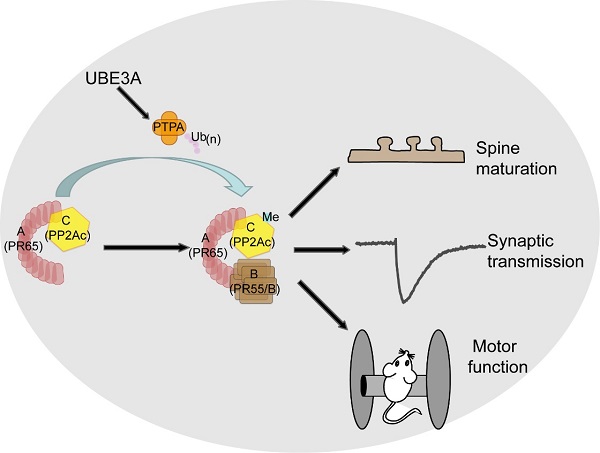
A recent study published in Genome Biology demonstrated that human cleaving embryos enable robust homozygotic nucleotide substitutions by base editors. This study was performed by researchers in Dr. YANG Hui’s Lab, Dr. CHEN Zijiang’s team and Dr. Shoukhrat Mitalipov’s lab. This work has successfully developed a robust method to remarkably improve base editing efficiency in human cleaving embryos.

A recent study published in Nature Neuroscience from Dr. XU Ninglong’s lab at the Institute of Neuroscience, Chinese Academy of Sciences, now provided new insights into the functional role of PPC in decision-making. In this study, ZHONG et al. obtained compelling evidence to show that PPC indeed plays an essential role in decision-making under critical conditions that were largely ignored in previous studies. The authors employed a novel behavioral technique in mice combined with precise manipulation and monitoring of neuronal activity in PPC, using optogenetics, chemogenetics and in vivo two-photon imaging.

A study published online in Brain on April 1st has revealed a new cellular mechanism for amyotrophic lateral sclerosis (ALS), suggested a novel therapeutic strategy targeting the RNA degradation pathway, and identified an asthma drug as a potential medication for ALS. This work was mainly conducted by researchers from Dr. XU Jin’s lab at the Institute of Neuroscience, State Key Laboratory of Neuroscience, Chinese Academy of Sciences.
